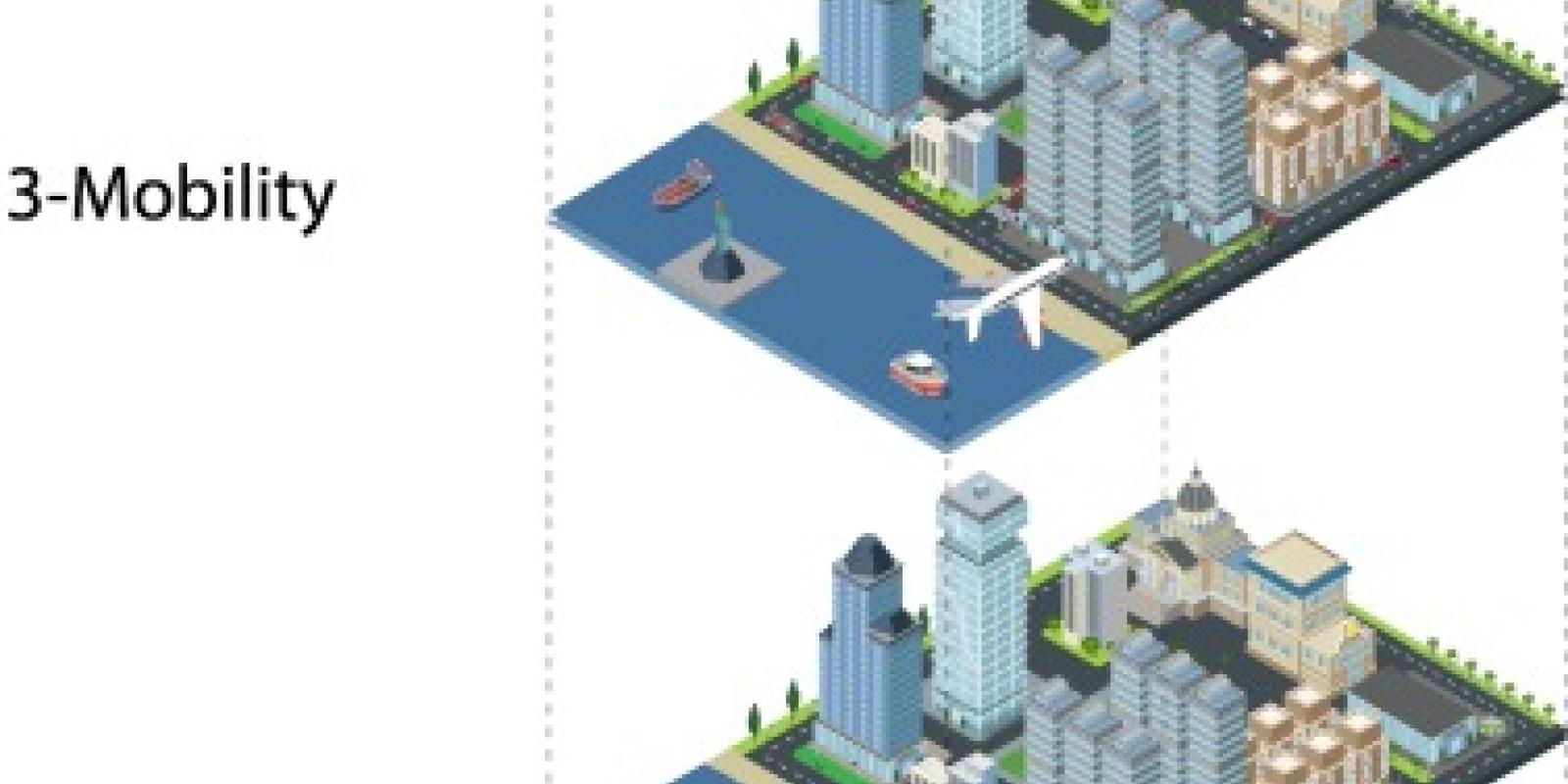A digital twin smart city for citizen feedback

A digital twin is a digital representation of a physical process, person, place, system or device. Digital twins were originally designed to improve manufacturing processes using simulations that have highly accurate models of individual components. However, with increasingly large and accurate building information models (BIM) combined with big data generated from IoT sensors in a smart city, it is now possible to create digital twin smart cities. An accurate 3D model of a city can be published online and walked around by the public to view proposed changes in urban planning and policy. This allows for easier dissemination and transparency to the public before putting these decisions into practice. This open and public model allows for an additional virtual feedback loop where citizens can interact and report feedback on planned changes in the city. Citizens can also interact with components to tag and report problems in their area. The digital twin also allows for additional experimentation where 3D data is necessary, such as flood evacuation planning. In this paper, we demonstrate a public and open digital twin of the Docklands area in Dublin, Ireland and show how this model can be used for urban planning of skylines and green space allowing users to interact and report feedback on planned changes.




